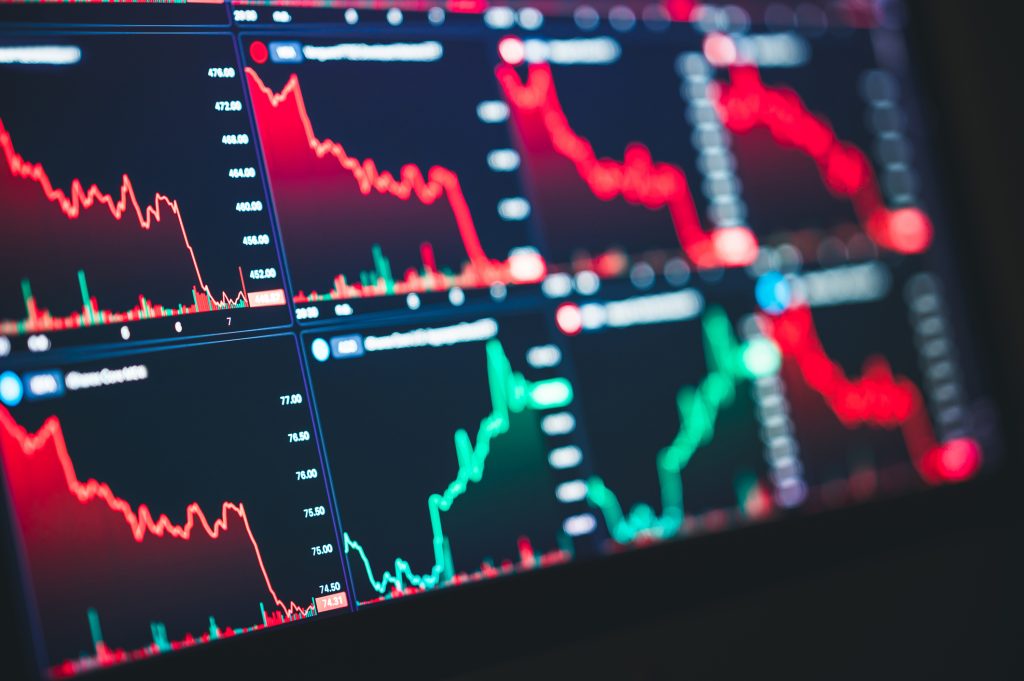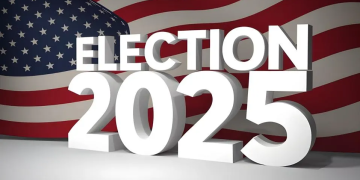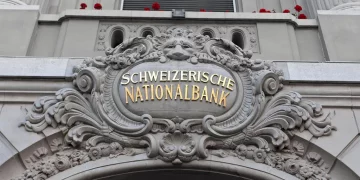The Resurgence: What’s Fueling the Meme Mania Again?
The term “meme stock” became part of mainstream market lexicon in 2021, when retail traders banded together on social media platforms like Reddit’s WallStreetBets to send shares of heavily shorted companies like GameStop and AMC soaring in a matter of days. The meme stock frenzy was more than a market oddity—it was a cultural moment, a form of financial protest, and an illustration of how information, liquidity, and sentiment collide in modern markets. After a quiet 2022 and a choppy 2023, meme stocks are once again flashing on trader screens. GameStop, AMC, BlackBerry, and a new wave of speculative names have seen double-digit daily moves, sometimes on little or no news. So what’s driving this resurgence? At the core is a familiar mix of short interest dynamics, viral narratives, and a liquidity backdrop more favorable than a year ago. Some point to the return of meme stock influencer “Roaring Kitty,” while others cite the rising use of zero-day options and algorithm-driven momentum trading. Whatever the catalyst, the renewed excitement has reignited the question: is this a real opportunity or a repeat of speculative folly?
News Cycles and Virality: A New Kind of Market Driver
Traditional market rallies are typically grounded in fundamentals—earnings, growth prospects, or macro trends. Meme stocks, however, respond to a different set of triggers: internet memes, viral tweets, influencer posts, and retail trading forums. This dynamic redefines what “news” means for a stock’s price movement. For example, a cryptic tweet or a screenshot of a brokerage account can send a stock up 50% before any analyst even updates their model. The information asymmetry is not between institutions and retail anymore—it’s between those embedded in the meme ecosystem and those outside of it. During the latest surge, GameStop rocketed nearly 80% over two days with no material change in its fundamentals. Instead, the rally appeared to be driven by the reappearance of a single online figure, coupled with a coordinated narrative that reignited a short squeeze. This shows how meme stocks move on psychology rather than performance. The meme ecosystem operates like a flash mob—sudden, energetic, and often directionless—but with enough mass to significantly distort prices. In such an environment, traditional valuation metrics lose relevance, and momentum becomes the dominant force.
Short Interest: The Fuel That Keeps Burning
At the heart of many meme stock surges lies high short interest. When a significant portion of a stock’s float is sold short, it creates a latent pressure cooker. If the stock begins to rise, shorts may be forced to cover, driving prices even higher—a classic short squeeze. Data from Ortex and S3 Partners show that short interest in key meme names remains elevated, with some stocks showing short interest ratios above 30% of float. This presents both risk and opportunity. Traders see high short interest as a potential trigger for explosive gains, while institutional investors worry about being caught on the wrong side of the trade. The most recent rallies appear to be early-stage squeezes—abrupt price spikes with limited follow-through—rather than full-blown “gamma squeezes” like those of 2021. What’s changed is the options market. The proliferation of zero-day-to-expiry (0DTE) options has allowed retail traders to bet on meme stock moves with minimal capital and maximum leverage. When coupled with high short interest and a viral news cycle, this creates the perfect storm for volatility. Yet short interest alone is not sufficient; it must be matched with volume, conviction, and coordinated buying to spark sustained rallies.
Retail vs. Institutional: A Clash of Strategies and Beliefs
Meme stocks have reignited the tension between retail traders and institutional investors. For retail, meme stocks represent an almost gamified version of investing, where the goal isn’t just return but participation in a larger movement. For institutions, the phenomenon presents a challenge to traditional valuation frameworks and a source of risk in portfolios built around fundamentals. Hedge funds that short these names often do so based on deteriorating financials, only to be squeezed out by crowdsourced buying pressure. This dynamic has forced even the most quantitative funds to monitor Reddit threads and Twitter trends as part of their risk models. However, the institutional community has also adapted. Some hedge funds now actively trade meme stock volatility, using options to hedge exposure or exploit price dislocations. The relationship has evolved into one of wary coexistence. Institutions can’t ignore meme stocks, and retail investors, while energized, are now more aware of the risks after the heavy losses suffered during past corrections. This mutual wariness has created a more complex, layered meme stock market—less naive, more tactical, but still fundamentally speculative.

Speculative Risk: A Reminder from History
Every market cycle has its speculative excesses, from the dot-com bubble to crypto manias. Meme stocks are simply the latest iteration, fueled by new tools and social dynamics. Analysts caution that most meme stock rallies end the same way—with prices returning to earth and retail traders left holding the bag. A study by the Swiss Finance Institute found that while meme stocks may experience short-term outperformance, they tend to underperform significantly over the long term. Part of the problem is that meme stocks are rarely supported by improving fundamentals. They are often unprofitable companies with questionable business models and significant debt burdens. This makes them highly sensitive to interest rates, credit conditions, and sentiment swings. In today’s high-rate environment, borrowing costs are rising and cash-burning firms face growing scrutiny. Analysts warn that while trading meme stocks can be exciting, they are unsuitable for long-term investment unless significant fundamental change occurs. The current rally, like those before it, may offer short-term trading opportunities—but also carries elevated downside risk. In this context, speculative risk is not just about potential losses—it’s about misallocating capital and mistaking narrative for reality.
Behavioral Finance and the Meme Mindset
The meme stock phenomenon also offers a case study in behavioral finance. Herd mentality, confirmation bias, and overconfidence are on full display. Investors are often drawn to meme stocks not because of rational analysis but because of FOMO—fear of missing out. Social validation plays a critical role. Seeing others post gains creates a feedback loop that reinforces risk-taking. Platforms like Robinhood, with gamified interfaces, further blur the line between investing and gambling. Yet behavioral finance also explains why meme stocks remain appealing. They give investors a sense of agency, community, and rebellion against traditional finance. Understanding this mindset is crucial not just for participants but for regulators and financial educators. The meme stock revival highlights how psychology and narrative can overpower fundamentals in the short term—and why risk education is more essential than ever.
Should Investors Care? Depends on Who You Are
The answer to whether investors should care about the meme stock resurgence depends on their investment horizon and philosophy. For long-term, fundamentals-driven investors, meme stocks are mostly noise—distractions that may distort market signals but don’t alter core portfolio strategy. However, they do present systemic risks. Sharp moves in meme names can trigger margin calls, volatility spikes, and liquidity strains in broader markets. For short-term traders, meme stocks can offer opportunity, provided risk is carefully managed. The key is treating them as momentum trades, not investments. For institutional players, meme stocks represent a behavioral signal and volatility proxy, often more useful as sentiment gauges than portfolio holdings. Meanwhile, regulators and platforms must continue grappling with how to balance access and protection in a world where financial narratives can go viral overnight. Ultimately, meme stocks matter—not because of their fundamentals, but because they reveal how markets are evolving in the digital age. Information flows faster, sentiment is more powerful, and the boundaries between investor and influencer are increasingly blurred.
Conclusion: Trading the Meme Wave with Eyes Wide Open
The comeback of meme stocks in 2025 is a reminder that financial markets are as much about psychology and narrative as they are about earnings and balance sheets. Driven by short interest, viral content, and a digitally empowered retail base, these stocks can move in ways that defy logic—but never indefinitely. Whether this latest rally marks a new phase of meme stock evolution or just another chapter in speculative boom-bust cycles remains to be seen. What’s clear is that meme stocks are not going away. They will ebb and flow with market sentiment, technological change, and generational behavior. For investors, the choice is not whether meme stocks are good or bad, but whether they fit within a risk framework that acknowledges both their potential and peril. Trading meme stocks may be exhilarating, but only those who respect the risks will avoid becoming part of the cautionary tale that inevitably follows each euphoric spike.














































